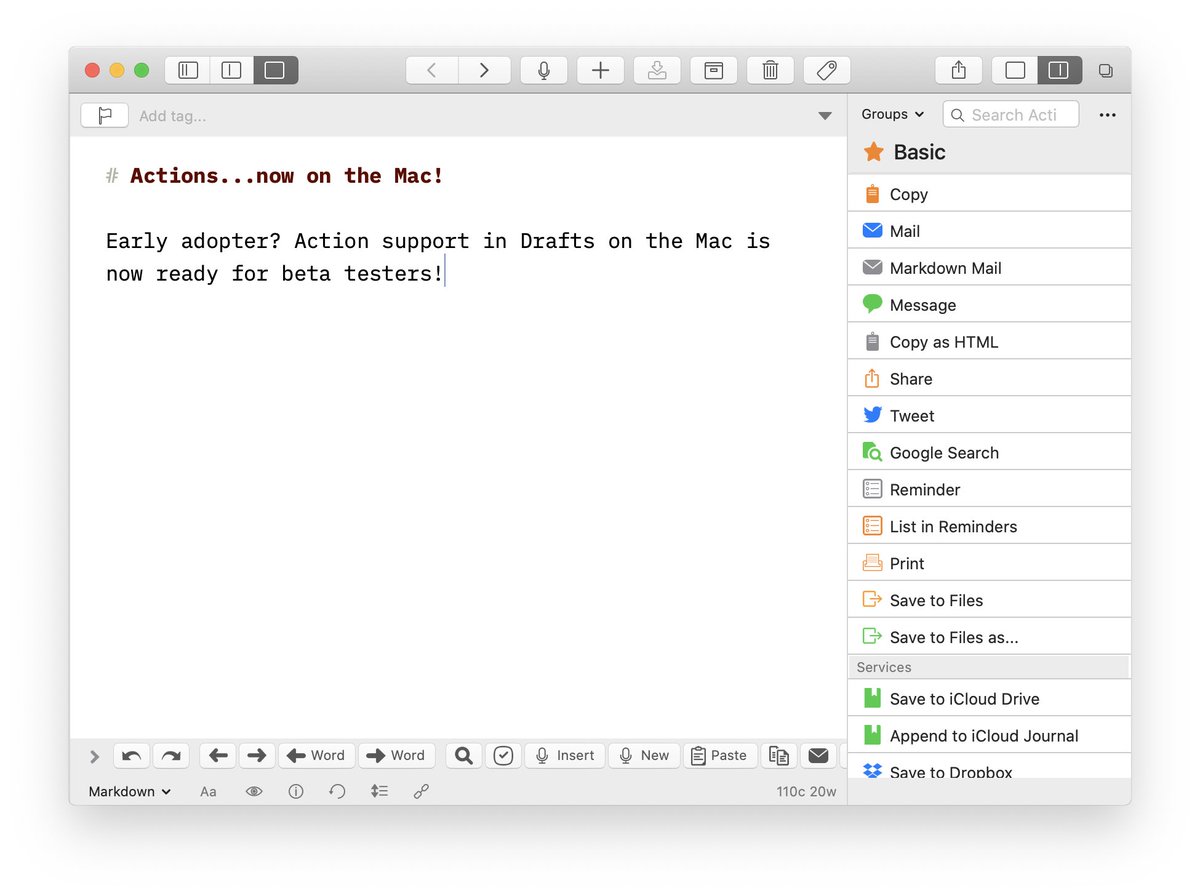- Membership Beta Is Ready And We Need Your Feedback Test
- Membership Beta Is Ready And We Need Your Feedback Survey
- Membership Beta Is Ready And We Need Your Feedback For A
- Membership Beta Is Ready And We Need Your Feedback Homeostasis
Helping project team members excel involves providing them with timely, accurate, and constructive feedback on their performance. This paper examines an approach that project managers can use when providing project team members with performance-related feedback. In doing so, it defines the concept of feedback and describes the impact of providing positive feedback and providing negative. The membership creation and management experience you’ve been waiting for is finally ready for testing and feedback with today’s release of Membership Beta. Try out the new membership features at using your normal login credentials. You need a Pro or Business plan to access the Membership Beta toolset.
What is flighting?
Flighting is the process of running Windows 10 Insider Preview Builds on your device. When you run these early versions of Windows and give us feedback, you can help us shape the future of Windows. Once you've registered for the program, you can run Insider Preview builds on as many devices as you want, each in the channel of your choice.
What are channels?
We release Insider Preview builds to you through channels, which are each designed to bring you a different experience based on the quality of Windows you need for your life and your device. When choosing a channel, you should keep in mind:
- How stable you need your device to be
- What level of issues you can handle on your device
- How early in development you'd like to see features and changes
- Whether or not you need Microsoft support
As we continue to evolve the way we’re building and releasing Windows in the future, we may introduce new channels to bring you new experiences.
Dev Channel
The Dev Channel is for highly technical users who love to be the first to see the latest features and updates for all things Windows. It will get builds that are earliest in a development cycle with the latest work-in-progress code from our engineers. These aren't always stable builds, and sometimes you will see issues that block key activities or require workarounds while flighting in this channel.
These builds aren't matched to a specific release, which means these may simply be the latest work-in-progress code from our engineers. New features and OS improvements in this channel will show up in future Windows 10 releases when they're ready, and we may deliver them as full OS build updates or servicing releases. Your feedback here will help our engineers with major fixes and changes to the latest code.
Beta Channel
The Beta Channel is for early adopters and IT professionals who want to see what's next or validate the latest Windows updates and features, but still need reliable updates that are validated by Microsoft.
As a part of the Beta Channel, you'll be seeing builds tied to a specific upcoming release, like 20H1 or 20H2. Your feedback will be especially important here, since it will help our engineers make sure that key issues are fixed before major releases.
Release Preview Channel
In the Release Preview Channel, Insiders and IT professionals get the upcoming version of Windows before it's released to the world, with advanced quality updates and certain key features. These builds are also supported by Microsoft if you're in the Windows Insider Program for Business.
Our move from rings to channels
For Windows Insiders who were already flighting, you were automatically moved to the new channel that corresponded to your old ring. The Fast ring moved to the Dev Channel, the Slow ring moved to the Beta Channel, and the Release Preview ring move to the Release Preview Channel.
IT administrators can still manage builds from the Beta Channel and Release Preview Channel using the same tools you'd used to manage your policies before or through Azure Marketplace virtual machines.

If you want to try out a new experience, go to Settings > Update & Security > Windows Insider Program to change your channel.
Switching between channels
If you've installed an Insider Preview build in the Beta Channel or Release Preview Channel, switching between channels is easy. But if you've installed a build in the Dev Channel, because it's not tied to a specific release, you'll have to do a clean install of Windows and reset your Windows Insider settings on that device to switch.
Switching from the Beta Channel or Release Preview Channel
- Go to Settings > Update & Security > Windows Insider Program.
- Under Pick your Insider settings, select your current channel to open all the channel options.
- Choose the radio button beside the channel you'd like to switch to. Your Settings will update to your new channel.
- The next time you receive an update, it will be for your new channel.
Switching from the Dev Channel
Membership Beta Is Ready And We Need Your Feedback Test

- Once you've reinstalled Windows, go to Settings > Update & Security > Windows Insider Program to set up your device again, making sure you select the channel you'd like to move to. Learn more about setting up your device.
Understanding updates
After you've set up your device and installed your first Insider Preview build, you'll start getting updates based on the channel experience you picked. With each new update, you'll see a new build number, and that number can help you understand what you'll see in the build.
Membership Beta Is Ready And We Need Your Feedback Survey
Major builds
Major builds can include new features, updates, bug fixes, application changes, and more. You'll know you received a major build when the build number increased by one or more from your previous build. You will see major builds in the Dev Channel, Beta Channel, and Release Preview Channel.
Minor builds
Also known as servicing or cumulative updates, minor builds give you small bug fixes, updates, or changes that work with a major build that's already been released. You'll know you received a minor build when the build number increases by decimal points. While there's no set rules about when you'll see minor builds, usually they'll be rare in the Dev Channel, attached to major builds in the Beta Channel, and released between select major builds in the Release Preview Channel.
Note
If you're having issues receiving Insider Preview builds, would like to stop receiving preview builds, or would like to leave the program, learn more in our troubleshooting section.
An updated version of this blog post was published on September 18th, 2018.
When it comes down to it, beta testing is all about collecting feedback on an unreleased product from customers in real environments. If you’re not collecting meaningful feedback from your testers, then your beta test isn’t really doing its job. The problem is, collecting feedback that is actually useful is one of the biggest challenges of beta and a lot harder than it sounds. So, how can you get useful feedback from your testers without having to beg and plead for it?
First let’s discuss what we mean by meaningful or relevant feedback. Meaningful beta feedback typically meets one of two qualifications:
- It directly improves the quality of the product; or
- It addresses some other established goal of the project.
Feedback that doesn’t meet this criteria is effectively noise and can consume a great deal of your team’s time and energy, ultimately reducing the impact of your test.
As a result, the first step in collecting feedback is pretty straightforward: know what you’re looking for. Before your project even starts, create a beta test plan that lists your goals. This way you can guide users to the features where you need feedback the most. It will also help you keep an eye out for distracting topics, so you can refocus your testers.

The second piece of the puzzle is selecting the right testers. We’ve written about this topic a great deal, but basically you’re looking for testers that fit the demographics of your target market and give signs that they’re going to be amazing testers. Picking the right testers will give you a significant advantage because they’ll bring enthusiasm and interest to the table, improving the likelihood that they’ll give good feedback.
With your plan and testers in place, you need to make sure you have a good tool with a great interface, so they can easily give you the feedback you need. If your users don’t have an easy way to submit feedback, no amount of enthusiasm or coaxing is going to make up for it. Our platform is designed to reduce friction for your testers and make it easy to collect, manage, and distribute all of your beta feedback. Having the right tools in place can make a huge difference in the success of your beta test, so it’s worth taking the time to find the right tool for your situation.

Next you need to communicate expectations. This means telling your testers what you need from them and educating them on how to give it to you. We recommend communicating this in your Beta Participant Agreement, as well as throughout the test itself. Your testers genuinely want to help, so it’s important that you communicate with them how they can best contribute to your test.
Once you’re up and running, you need to give ongoing direction to your testers. It’s not enough to just hope that your testers are going to give you feedback on every inch of the product. You need to engage with them to make sure you get the feedback you need. This engagement can take many forms. You can solicit feedback by creating surveys, assigning tasks, or asking for daily journals. This will keep your testers engaged in trying out new features and giving detailed feedback on their experiences, while making sure you get coverage where you need it.
Membership Beta Is Ready And We Need Your Feedback For A
In addition to this, you should be actively responding to feedback. Ask your testers for clarification, have them regress fixes, or simply thank them for their feedback. This lets them know that you value their feedback, which will encourage them to keep submitting it. It also makes sure that you have all the details you need to act on their feedback once it’s in the hands of the right members of your team.
Membership Beta Is Ready And We Need Your Feedback Homeostasis
Collecting feedback from real users is the core of what makes beta valuable to you and your company. Putting these practices in place will ensure that your beta gets off on the right foot and gives you the feedback you need to make your product soar.

